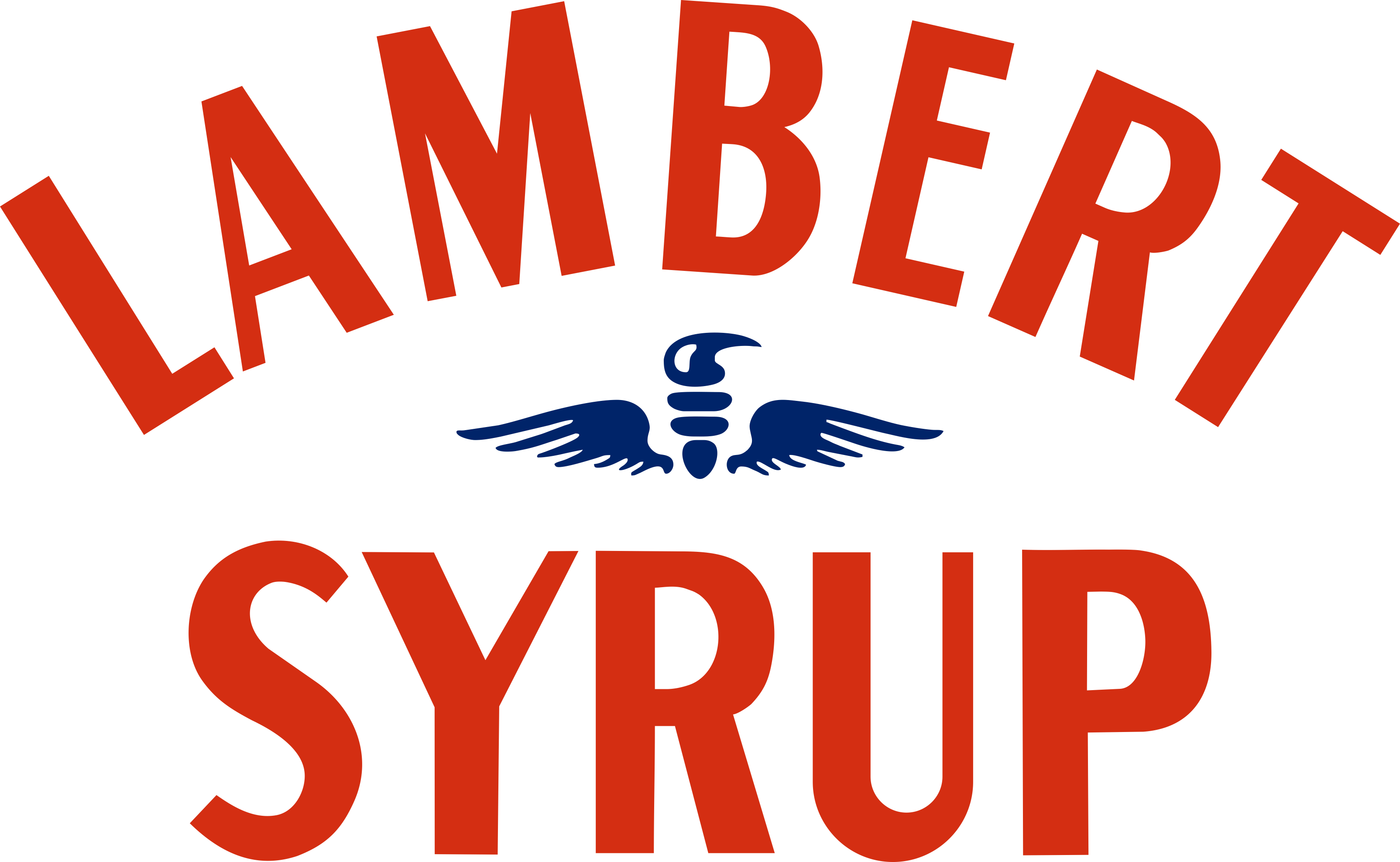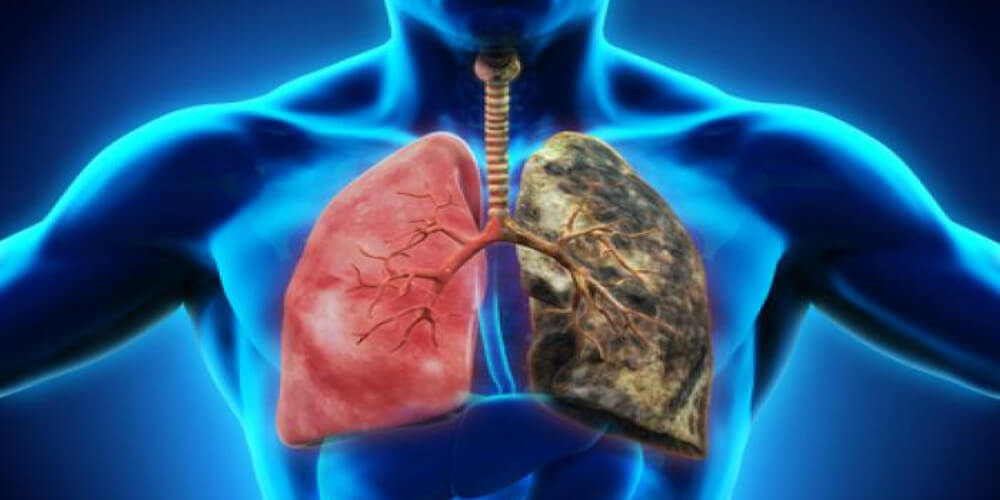Mechanism of the smoker's cough:
The nerve center of cough is located in the medulla oblongata, that is, at the junction between the spinal cord and the brain. This center is connected by nerves to receptors that line the sinuses, nasal cavities, pharynx, larynx, trachea, bronchi, lungs, pleura and diaphragm.
When these tussar receptors are stimulated, a nerve message is transmitted to the medulla oblongata that will controls the cough.
Tobacco Action
Among the agents likely to stimulate this reaction, is tobacco smoke:
- mechanics, as dust, for example, by direct irritation of the receptors but also by the inflammatory lesions which is the victim of the bronchial mucosa;
- chemical, nicotine and other constituents of the smoke being toxic agents that push the body to reject them and paralyze the cilia lashes lining the bronchi.
When the bronchi are irritated, the mucosa produces a larger amount of mucus in order to eliminate the smoke. It is when this mucus is expelled that the smoker's cough is obtained.
Eventually, the muscles of the upper airways will spasm, resulting in narrowing of the bronchi and difficulty breathing.


